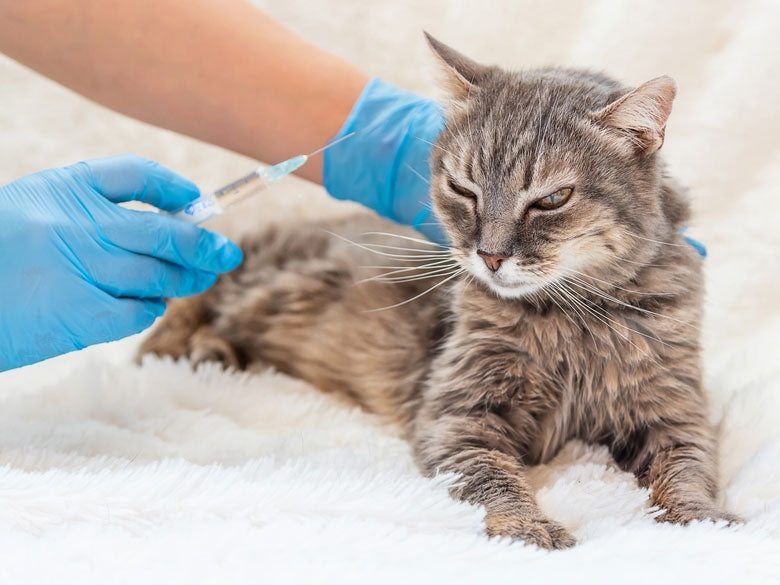Diabetes is a common condition that affects not just humans, but also our furry friends. As pet owners, it’s essential to recognize the signs, understand the causes, and know how to manage this chronic condition. In this blog, we'll explore what diabetes in pets looks like, its types, symptoms, diagnosis, treatment options, and how you can support your pet’s health.
What is Diabetes in Pets?
Diabetes in pets, much like in humans, is a metabolic disorder that affects how the body uses glucose, the primary energy source. The two main types of diabetes seen in pets are:
-
Diabetes Mellitus: This is the most common type, often due to a lack of insulin production (Type 1) or the body’s inability to respond to insulin effectively (Type 2).
-
Diabetes Insipidus: This is less common and involves issues with the kidneys and the regulation of water, leading to excessive urination and thirst.
Causes of Diabetes in Pets
The exact causes of diabetes can vary, but several factors contribute to its development:
- Genetics: Some breeds, such as Golden Retrievers, Poodles, and Burmese cats, are more predisposed to diabetes.
- Obesity: Excess weight can lead to insulin resistance, making it a significant risk factor for diabetes.
- Hormonal Disorders: Conditions like Cushing’s disease or pancreatitis can increase the risk.
- Diet: Poor nutrition, particularly high carbohydrate diets, can contribute to the development of diabetes.
Recognizing the Symptoms
As a pet owner, being vigilant about your pet's health is crucial. Common signs of diabetes in pets include:
- Increased Thirst: Pets may drink more water than usual.
- Frequent Urination: Increased urination is a key symptom.
- Increased Appetite: Despite eating more, diabetic pets may still lose weight.
- Lethargy: A noticeable decrease in energy levels or activity.
- Sweet-smelling Breath: This can sometimes occur due to the buildup of ketones.
Diagnosis
If you suspect your pet may have diabetes, it's essential to consult a veterinarian. Diagnosis typically involves:
- Blood Tests: To check glucose levels and assess overall health.
- Urinalysis: To look for glucose or ketones in the urine, indicating diabetes.
Treatment Options
While a diabetes diagnosis can be concerning, the good news is that it can often be managed effectively with the right approach:
-
Insulin Therapy: Most diabetic pets will require insulin injections. Your veterinarian will guide you on dosages and administration.
-
Dietary Changes: A balanced diet with appropriate levels of protein, fat, and fiber is essential. Your vet may recommend a specialized diabetic diet.
-
Weight Management: Maintaining a healthy weight is crucial for managing diabetes. Regular exercise can help with this.
-
Monitoring: Regular check-ups and glucose monitoring are vital to ensure your pet’s diabetes is under control.
Living with a Diabetic Pet
Caring for a diabetic pet requires commitment but can lead to a happy, healthy life for your furry companion. Here are some tips to make the journey smoother:
- Routine: Establish a consistent schedule for feeding and insulin administration.
- Education: Learn as much as you can about diabetes in pets. The more informed you are, the better you can care for your pet.
- Support: Connect with support groups or online communities of pet owners dealing with diabetes.
Conclusion
Diabetes in pets is a manageable condition, and with proper care and attention, many pets can live long, fulfilling lives. By staying informed, maintaining regular veterinary visits, and committing to a structured care plan, you can help your furry friend thrive despite their diagnosis. Always remember, your veterinarian is your best resource when it comes to managing your pet's health. Together, you can navigate the challenges of diabetes and ensure a happy, healthy life for your beloved companion.
Yours, Tutuky.



Share:
The Dangers of Feeding Your Pet Cooked Chicken Bones
Best Dog Breeds for Busy People: Finding the Perfect Canine Companion